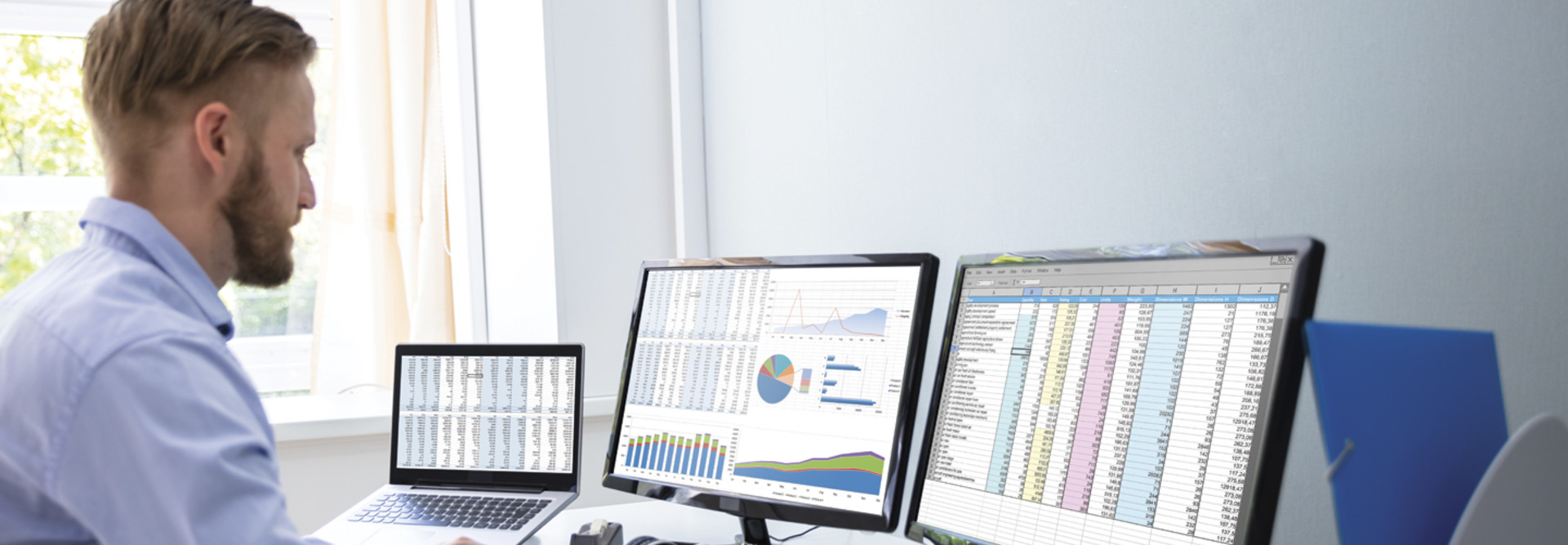Here Is What Is Coming Next for E-Procurement
Citizens generally do not mind how their state or local government buys goods and services, as long as those goods and services aren’t exorbitantly expensive and do what they’re supposed to do.
Although electronic procurement solutions to buy IT products and services have been around for several years, state and local agencies are increasingly turning to the model.
According to the National Association of State Procurement Officials, e-procurement systems are becoming more popular because they achieve numerous objectives for procurement officials. They improve transparency, boost competition, expand agencies’ supplier base, maintain financial controls, measure performance and promote efficiency in workflows.
Market intelligence firm Reports and Data expects the overall market for procure-to-pay (P2P) applications will expand from $5 billion in 2018 to $9.2 billion in 2026. Meanwhile, Gartner adds that sales for cloud-based P2P solutions have outpaced spending for on-premises applications because of quicker implementation, faster supplier onboarding, better supplier collaboration and swifter access to innovations and improvements, according to a Governing white paper sponsored by procurement firm Ivalua.
MORE FROM STATETECH: Explore the 2020 priorities of state CIOs.
State Governments Invest in E-Procurement Platforms
In November 2019, Oregon contracted with Periscope Holdings to create a new statewide procurement platform, OregonBuys.
Based on the company’s BuySpeed e-procurement system, OregonBuys aims to “standardize the procurement process across all state agencies, automate some of the associated tasks, and track and manage government purchases of goods and services,” Government Technology reports.
Oregon says it could save up to $1 billion over several years, according to Digital Commerce 360. The state’s approximately 85 agencies have been using a manual RFP process, which creates a hodgepodge of systems that are inefficient and do not collect statewide data, which would allow procurement officials to make more strategic purchasing decisions and save money.
OregonBuys “will help us to look at how we’re spending and where we’re spending in a much more detailed way,” Elizabeth Craig, a spokeswoman for the Oregon Department of Administrative Services, told Government Technology. “With that, there will be much more accountability at the agency level, and then we’ll be able to identify if we’ve missed any opportunities, or figure out how we might be able to save money. We haven’t had a really clear picture, at the statewide level, of spending across agencies, so with this new system, with the reporting and data we’ll be able to capture, we’ll be able to identify areas where we may be able to save money by negotiating contract terms.”
Oregon is following the lead of states such as Georgia, which has a system called the Team Georgia Marketplace. Another state moving in this direction is Maryland.
In 2019, Maryland launched an e-procurement system for its Department of General Services, establishing the eMaryland Marketplace Advantage system, known as eMMA. The system, based on Ivalua’s technology, provides state agencies with a way to work with vendors, administer bidding and contracting, and complete purchases. The system is available to state agencies, local governments, municipalities and local schools.
More than 12,000 vendors have registered in eMMA and positioned themselves to do business with Maryland and its local governments, according to the Maryland Independent. The state is currently in the process of training more than 825 procurement professionals to use eMMA.
“Vendors will benefit from this easy-to-use, single access point to review and participate in sourcing opportunities across the state,” Robert Gleason, now Maryland’s chief procurement officer, said in a 2019 statement. “Our vendors are essential partners in Maryland’s success, and we want to ensure they have every opportunity to make full use of the eMMA system’s range of capabilities so we can enable fair, open and efficient access to all public business opportunities in Maryland.”
State governments clearly see benefits in e-procurement, which is likely to become more widespread in the years ahead. If your state’s general services or similar department has not investigated the option, it’s time to do so.
This article is part of StateTech's CITizen blog series. Please join the discussion on Twitter by using the #StateLocalIT hashtag.










